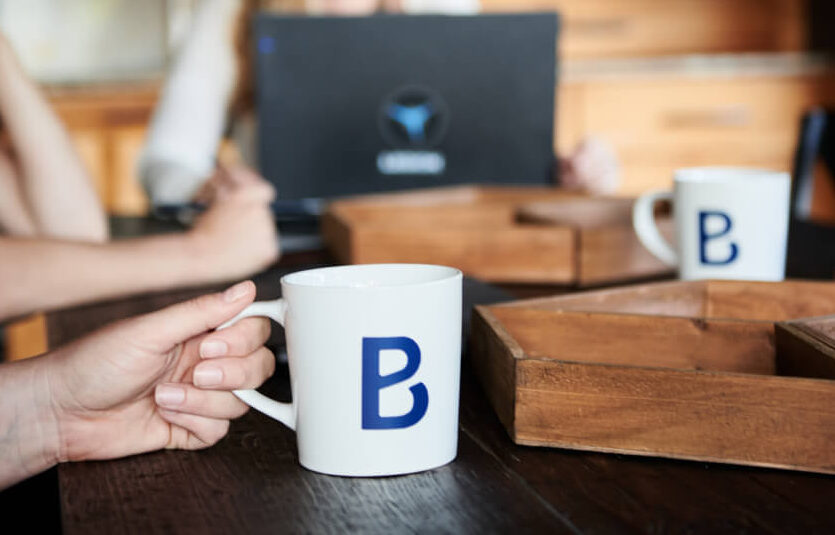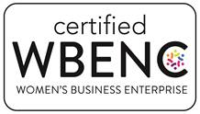DiSC is a powerful tool for understanding how your team naturally communicates and how you can adapt your communication style to build more effective workplace relationships.
Also known as (D)ominance, (i)nfluence, (S)teadiness, and (C)onscientiousness, DiSC is a personality assessment that packs a punch when used to understand how you work and communicate.
We’re big fans of behavioral profile tools like DiSC, and their value is even more evident when used company-wide.
When we truly understand each other, harmony in communication, productivity, and teamwork can happen.

Whether you have a small but mighty team or manage a large multi-national team, you can utilize DiSC to understand employees’ motivation and communication styles, work through friction points, and even help find employees’ best-fit roles.
Before we dive into how to use DiSC throughout your organization, let’s break down each personality.
- D = Dominance. This personality is results-oriented and ready to overcome challenges to reach their goal. They’re the “I got stuff to do” type of person. Action-oriented, strong-willed, and determined to the bone. They’re assertive and motivated by winning, competition, and success. However, they may struggle to slow down, step away from the “bigger picture,” and show sensitivity to others.
- i = Influence. Dubbed “the enthusiast,” this personality type emphasizes influencing others. In group activities, they’re most often seen as collaborators, drumming up excitement through their optimism and energy. However, they may struggle with following through and staying organized.
- S = Steadiness. This personality values cooperation and stability and often presents a calm and deliberate demeanor. Not one to be rushed, they’re motivated by opportunities to bridge gaps and radiate support where needed. However, they may struggle with things like multitasking, indecisiveness, and adapting to change.
- C = Conscientiousness. Motivated by opportunities to continue learning, this personality demonstrates accuracy and stability in their environment. Often a perfectionist, they tend to stick to demonstrated and objective processes, so they may struggle with making quick decisions and delegating tasks.
It’s important to remember that no one personality is better than another. Being aware of your DiSC profile can paint a picture of your strengths and weaknesses. When used company-wide, DiSC profiles enhance productivity through stronger team alignment born from understanding where individuals’ strengths and weaknesses complement each other.
If you’re looking to incorporate DiSC in your organization to create a positive culture change, here are four ideas to get you started:
- Use DiSC to onboard new team members.
We avoid using DiSC during the hiring process since it’s not an end-all assessment, but find it useful to create a smoother path for team integration. Knowing that every profile can be successful, DiSC can give you a glance into a new team member’s personality, strengths, and friction areas that might conflict with their style, which could lead to burnout or tension.
- Use DiSC to understand the personalities around you.
DiSC helps you communicate more efficiently with each personality. Keep an eye out for certain personality pairings that can lead to more balanced decision-making and project outcomes.
For example, if you have a large project that requires meticulous planning, an employee with a C personality may be the best candidate for the job due to the analytical skills they bring to the table.
When organizing teams to work on a project, consider how pairing personalities can create a more inclusive culture. Take a D and S or an i and C personality working together; they have the least in common, but working together allows for the most perspective, creating a well-rounded outcome.
D’s action-oriented personality may mean they’ll get the project done quicker. Still, by including an S or C in the project, they will likely take time to pause and think about the people’s side of things, bringing a supportive and inclusive lens to their work.
- Use DiSC to recognize natural versus adaptive styles and monitor for signs of stress.
Each personality has a “natural” response, or how they prefer to do what they do, and an “adaptive” style, where they adapt their behavior depending on the situation.
Adjusting to a situation may feel like writing with your opposite hand – doable but requires concentration. When stressed, the extra energy used to adapt often disappears, and you revert to your natural style. For managers, there’s value in being aware of which personality type people naturally fall into and their adaptive styles so you can more easily spot when they are stressed.
- Use DiSC to tailor your approach to match the personality you’re talking to.
When it comes to communication, some prefer short and sweet, and others like the context a detailed, three-paragraph email offers. This is your opportunity to be mindful when communicating with your team.
If you’re writing an email to a D, add a two-sentence TLDR (too long, didn’t read) at the beginning to make it more approachable.
If you’re a D sending a project request to an S or C, before pressing send, take 30 seconds to add a few more sentences of related information, like deadlines or resources, which will help that team member have sufficient context to execute the task.
Everyone has a little bit of each personality, but most people gravitate towards one or two personalities. Understanding yourself and your team can create meaningful conversations that lead to more cohesion in communication, projects, and work outcomes.
Wondering how you can leverage personality types to create better communication outcomes with your team?
We’d love to show you how it works with one free assessment! Email contact@buildingppl.com to start your company-wide DiSC assessment today.









